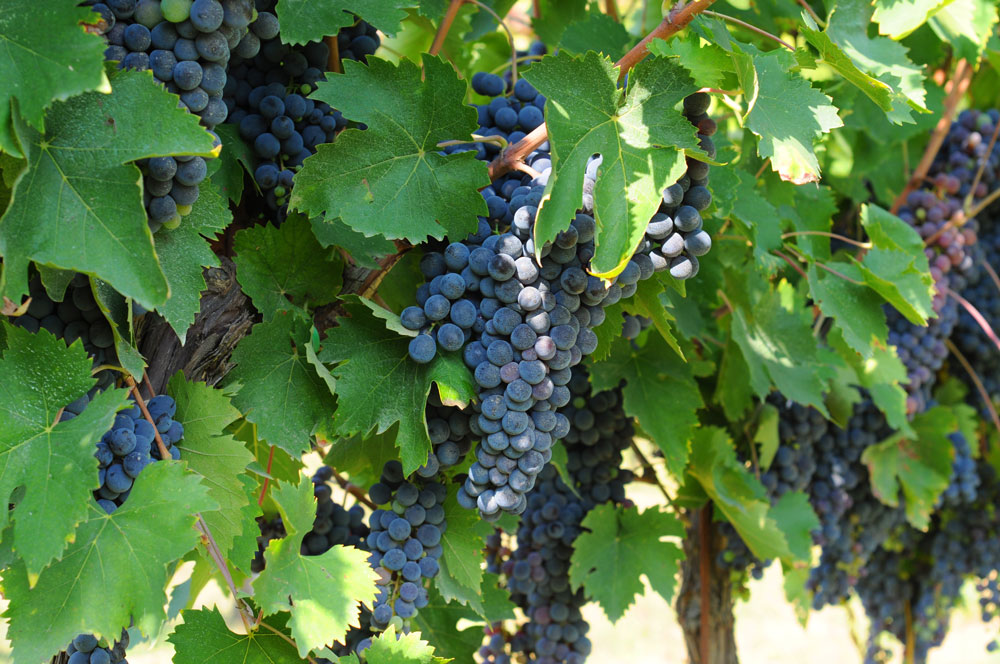Ever wondered where your prosecco comes from? Konstantinos Sarvanakis from Monroe Overdry Prosecco explains all you need to know about the process of developing prosecco and the origins of this popular wine.
The making of prosecco
The grapes are harvested during the first weeks of September when their organoleptic qualities (sugars, acidity and aromatic substances) have reached maturity and are perfect for producing sparkling and semi-sparkling prosecco DOC. It is a delicate process because it is important to keep the grapes whole and avoid spontaneous fermentation.
After the grapes have been picked, they are crushed and separated from their stalks in preparation for pressing. Only the free-run must is extracted from the grapes by soft pressing.
Selected yeasts are used to start the white winemaking process, transforming the sugar in the grapes into alcohol and CO2. The action of the yeasts (fermentation) lasts for around 15/20 days at a maximum temperature of 18 degrees Celsius to preserve the delicate aromas of the original grapes.
After fermentation, the ageing process begins and the wine is racked and filtered to make it clear.
Prosecco tranquillo is bottled, while the frizzante and spumante varieties continue to the final unique stage in the prosecco process: natural secondary fermentation.
Secondary fermentation, using the Charmat method, takes place in large containers called autoclaves which keep the wine under pressure. This is where the wine gets its famous bubbles—thanks to secondary fermentation.
Towards the end of the secondary fermentation (which lasts a minimum of 30 days) the temperature is lowered to stop fermentation, leaving enough residual sugar to guarantee balance and harmony.
See also: What are Matthew Fort’s Favourite Wine Regions?
Types of prosecco
Prosecco DOC can be spumante (sparkling), frizzante (semi-sparkling) and tranquillo (still) depending on the perlage.
Prosecco DOC spumante is the most famous and popular variety and has fine long-lasting perlage. Prosecco DOC spumante can be brut, extradry, dry or demi-sec depending on the sugar content.
Prosecco DOC frizzante has a light, less lingering perlage.
Prosecco DOC tranquillo is a still wine (with no perlage).
Where Prosecco is Located
In Europe prosecco is geographically protected (denomination) and can only be produced in the Italian area of Conegliano-Valdobbiadene, Montello e Colli Asolani, Belluno, Gorizia, Padova, Pordenone, Treviso, Trieste, Udine, Venezia, and Vicenza.
The Prosecco production area is located in northeast Italy, more precisely in the territories of five Veneto provinces (Treviso, Venice, Vicenza, Padua, Belluno) and four provinces in Friuli Venezia Giulia (Gorizia, Pordenone, Trieste and Udine), one of the most stunning areas in the Italian peninsula.
When the grapes are harvested and the wine produced and bottled exclusively in the provinces of Treviso and Trieste, the special mention Treviso or Trieste may be written on the label in recognition of the invaluable part these two provinces have played in the history of prosecco.
The land in this relatively large territory is very diverse but the climate on the whole is mild—the area is protected by the Alps to the north and caressed by the warm breezes, which come off the Adriatic Sea, to the east. These breezes help maintain a mild climate in summer and bring the necessary rainfall, which helps the vines grow properly. At the end of the summer the area is subject to dramatic differences in day time and nighttime temperatures, which are instrumental in developing aromatic substances in the grapes as they ripen. The soil is alluvial in origin so is predominantly clayey-loamy with an abundance of minerals and microelements and is the perfect terrain for growing grapes for sparkling and semi-sparkling wines.
See also: Wine Spotlight: Viva Argentina
Explanation of terms
A summary of the terms DOC, DOCG and IGT for a better understanding of the different types of prosecco.
DOC—Denomination of Origin Controlled
In other words DOC means that the wines are produced in the hills north of Treviso, in the areas Belluno, Gorizia, Padova, Pordenone, Treviso, Trieste, Udine, Venezia, and Vicenza. The wine bottling has to happen in these nine areas and can only take place outside this area if the bottler is able to proof he bottled prosecco since 2004 or before.
DOCG—Denomination of Origin Controlled and Guaranteed (by Italy’s Minister of Agriculture)
DOCG It is the best marker of quality for an Italian wine and it means the wine is guaranteed from the Conegliano-Valdobbiadene and Montello e Colli Asolani area. It also secures that the wine is made from a minimum of 85 percent Glera grapes. Producers may only produce 70 litre Prosecco from 100 kilograms of grapes to guarantee the concentration.
IGT—Indicazione Geografica Tipica and can be freely translated to: Indication of geographic area the product comes from.
Before 2009, most of the now called prosecco DOC was labeled prosecco IGT. The DOC roughly applies to the prosecco IGT wines produced before 2009. The maximum grape yield is 1.8 kilogram per square metre to guarantee the grape quality. The DOC is also subject to analysis before it can be bottled.
Article courtesy of Konstantinos Sarvanakis, global head of sales and marketing of Monroe Overdry Prosecco. Monroe Overdry Prosecco is a food friendly, guest friendly, easy going, value conscious, festive sparkling white wine.
Prosecco can be a great addition to your wine collection—read more on The Master Chefs about what to consider when investing in wines.



